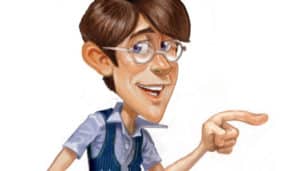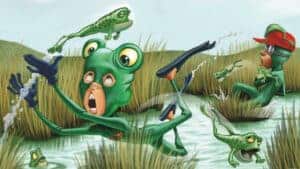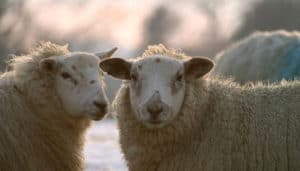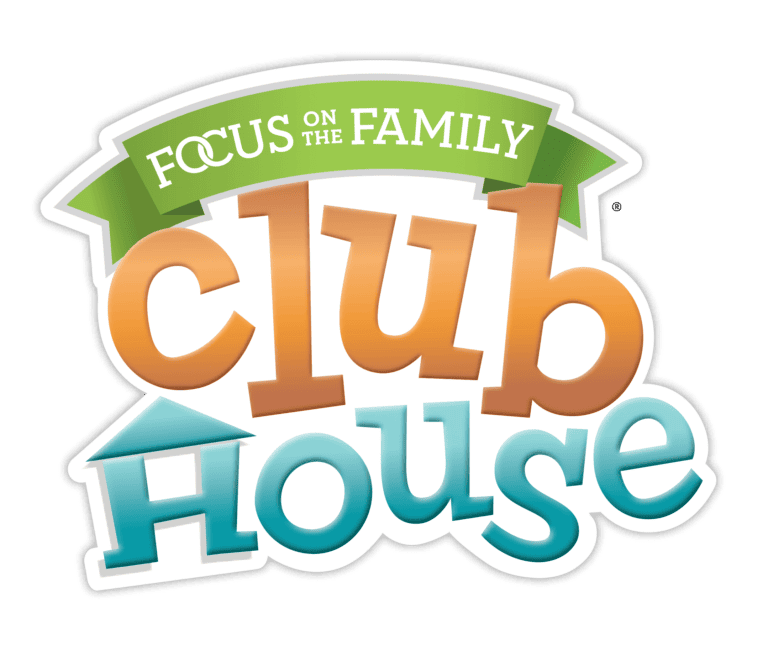Is July’s code giving you an (atom)-splitting headache? Here it is again:
 |
How It Works
This code uses symbols from the Periodic Table of Elements.
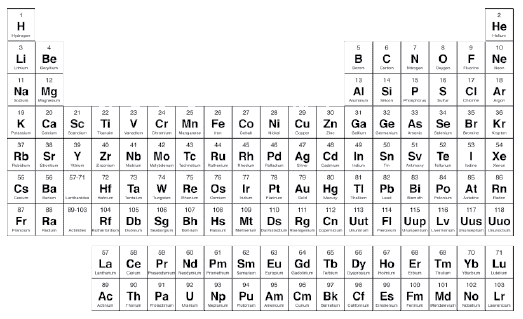 |
Each element has an atomic number that describes the number of protons found in its nucleus. Match the atomic number to the first letter of the element’s atomic symbol (the big letters) to decode Matthew’s message.
Here is the complete alphabet:
|
13 |
A |
aluminum (Al) |
Code writer’s tip: There is no atomic symbol that starts with J or Q. When writing your own messages, you can use “0” (zero) for J and “X” for Q . . . or you could become a famous chemist and discover two new elements. Whichever sounds better to you.
Coolness!
Fireworks began not as an Independence Day phenomenon, but rather a New Year’s one. Li Tian, a Chinese monk, created exploding firecrackers by putting gunpowder in bamboo shoots. Then in the 13th century, the Italians discovered how to make firecrackers shoot into the air like small rockets.
Today, many fireworks are made much the same as they were hundreds of years ago. In 2004, Disneyland was the first to commercially launch fireworks with compressed air instead of gunpowder. They also started using electronic timers, which made a big difference when setting the fireworks to music. Ka-pow!
Look for a new code in the next issue of Clubhouse magazine.










